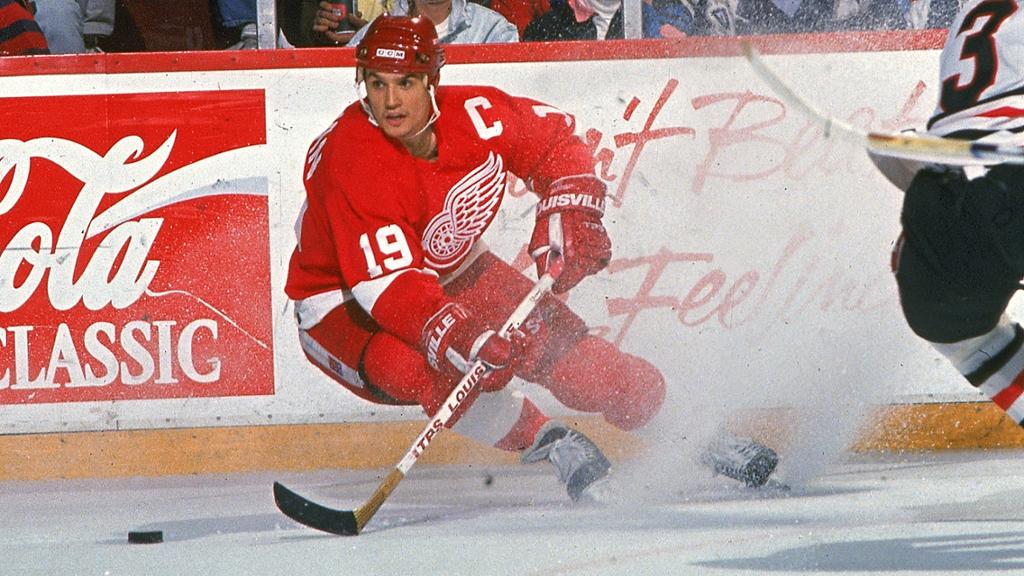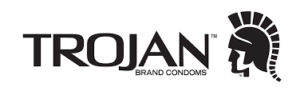Imposter Syndrome.
There’s a phenomenon in brand planning called Imposter Syndrome. If I understand it correctly, it’s when planners feel that their work is undervalued and, perhaps, they are imposters in the process of creative content development. Leave it to planners to be so sensitive that they question their own work. Question everything, after all, is our mantra.
I know how this has become a thing. It’s mainly because we give our work product to creative departments who are often beholden to nothing other than their own creative whims. Of course they want input. Of course they want validation from approvers. But foremost, they want to please themselves. Through creativity. The result? The work doesn’t always reflect the strategy. If the work sucks, we tell them it’s off. If it’s good we smile and congratulate.
Here’s the thing: a brief for a project has numerous touchstones for creative. It’s not always the main idea that drives the creative content. It could be a target insight, a needs assessment, an endemic cultural insight. If it contributes to good work, we’ve done out jobs. If it sparks an idea for good work, we’ve done our jobs.
We can’t be too sensitive. If our briefs and insights suck, we get fired. If we continue in our job, then our objective is to learn and get better at providing stimulus every day. “Be in it to win it, like Yzerman.”
Imposter Syndrome be gone. Otherwise it’s therapy time.
Peace.










